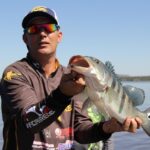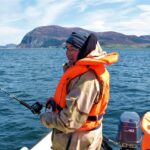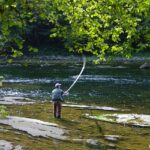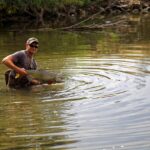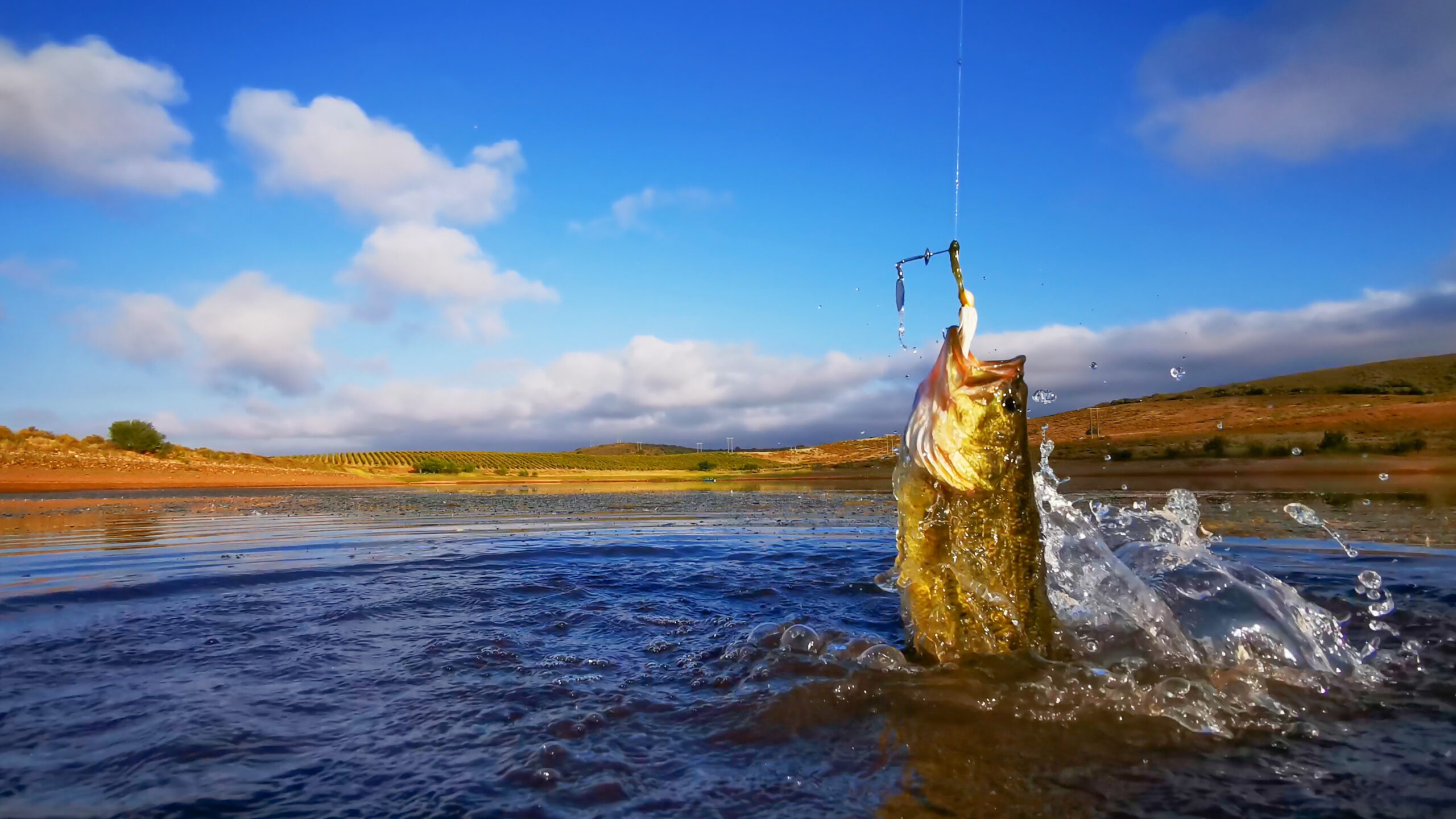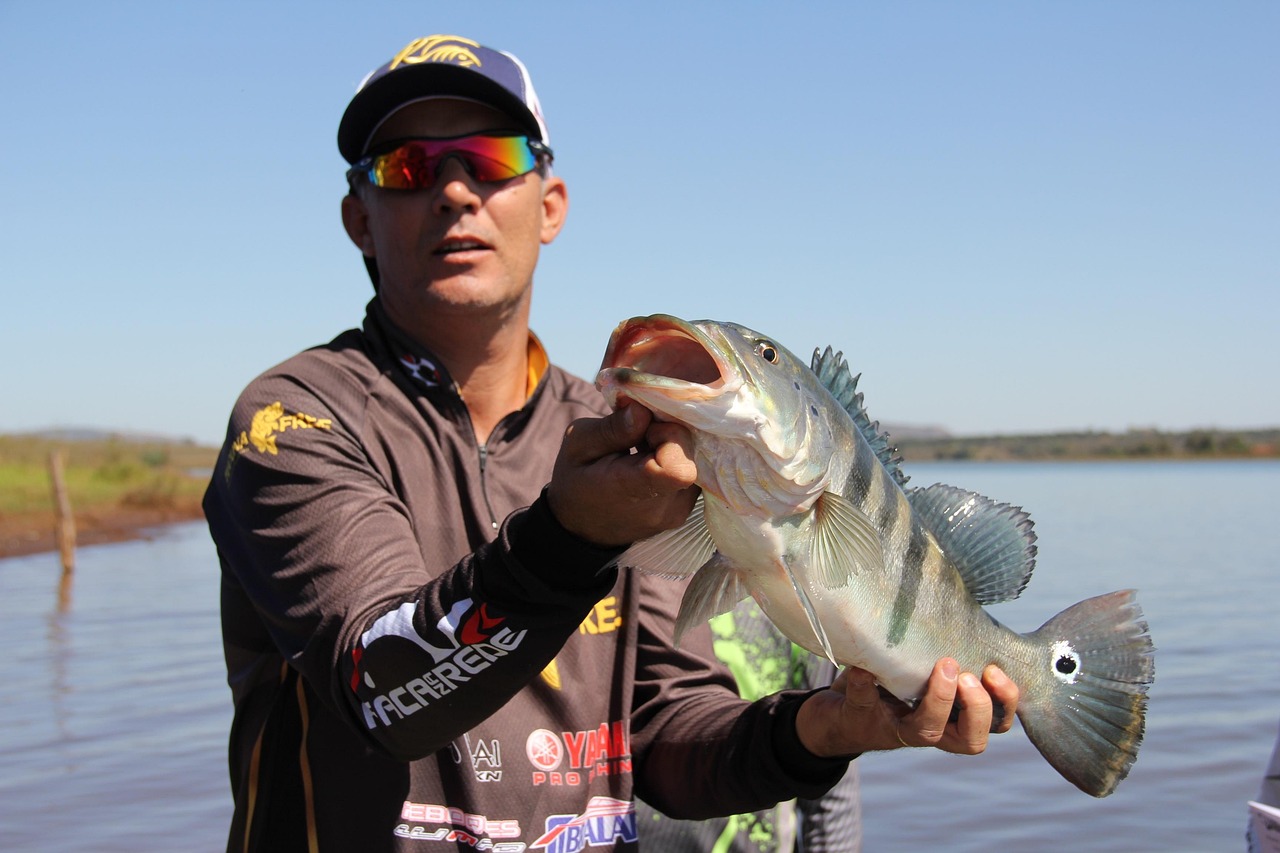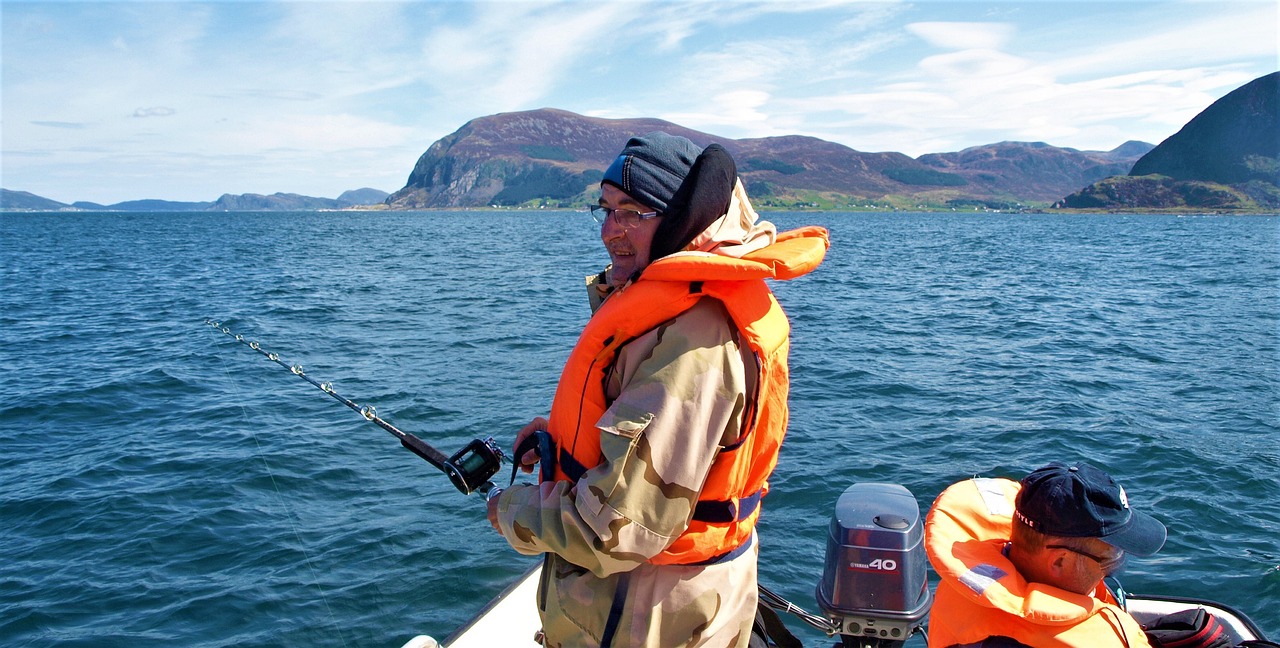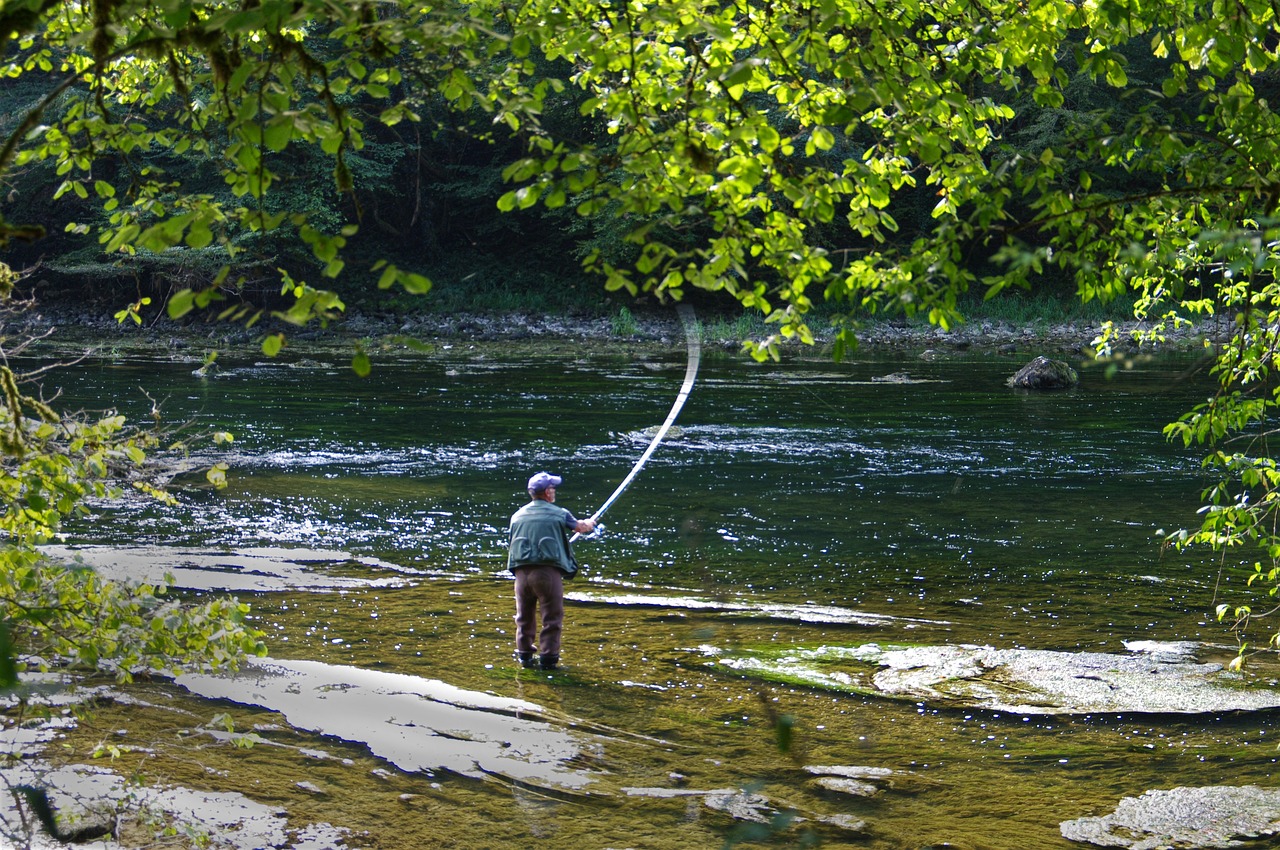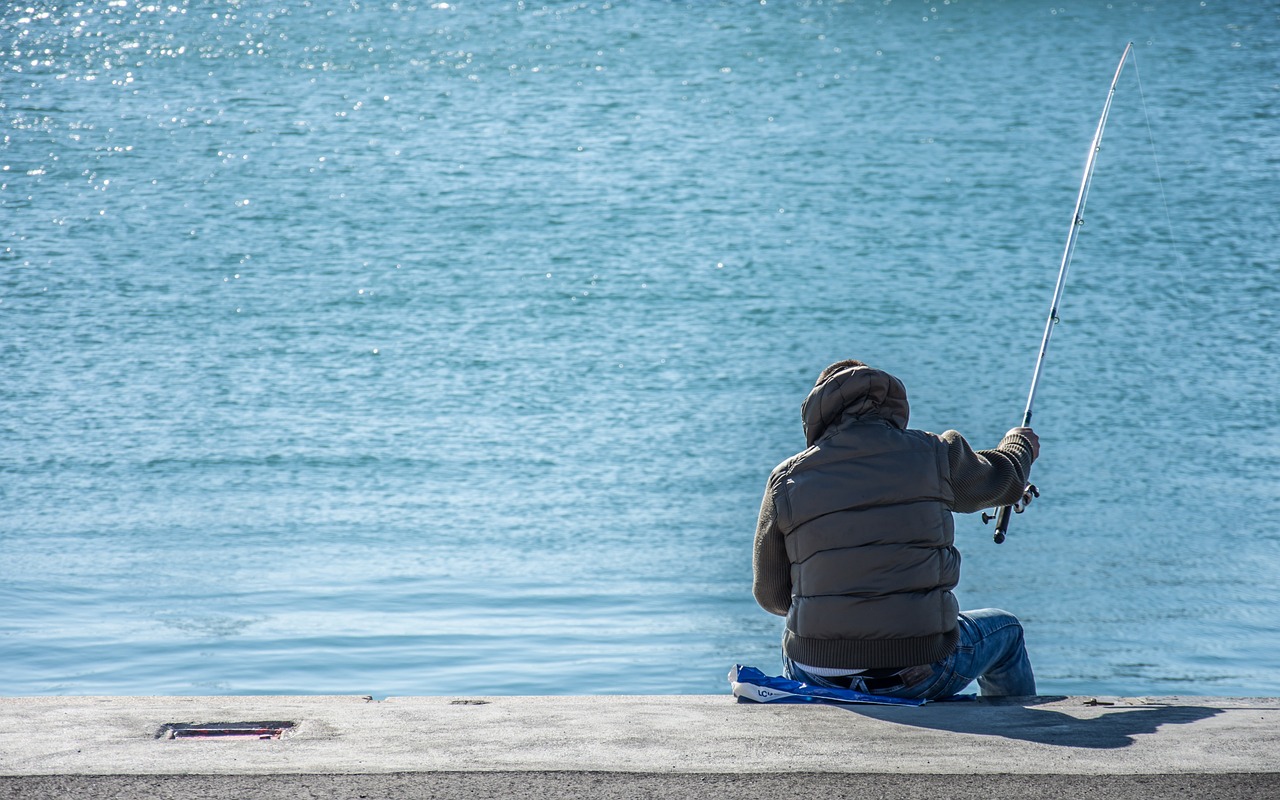Spring is arguably the most exciting time of year for bass fishing. As water temps rise and daylight hours stretch, largemouth and smallmouth bass become increasingly active, leaving their winter haunts and feeding aggressively in preparation for the spawn. But capitalizing on this seasonal bite takes more than just luck—it demands precision, timing, and the right techniques.
If you want to catch more bass this spring, here’s a full breakdown of proven strategies, tackle choices, and tips to help you master the bite.
Understanding the Spring Bass Transition
To consistently catch bass in spring, it’s crucial to understand their seasonal behavior. The transition typically breaks down into three distinct phases:
- Pre-Spawn (50–60°F): Bass are feeding heavily in preparation for the spawn. They stage in deeper water near flats, creek channels, or submerged structure.
- Spawn (60–70°F): Males begin building nests in shallow, protected areas. Bass become territorial, and sight-fishing becomes effective.
- Post-Spawn (After 70°F): Females move back to deeper water to recover, while males guard the fry.
Knowing which phase you’re fishing in—and adapting accordingly—is half the battle.
1. Jerkbaits for Pre-Spawn Aggression
When the water is still in the low 50s, suspending jerkbaits are deadly. The erratic action imitates wounded baitfish and triggers reaction strikes from bass lurking off points and secondary drop-offs.
Tips:
- Use a slow, twitch-pause retrieve.
- Longer pauses (3–5 seconds) work best in colder water.
- Natural baitfish colors like silver, shad, and ghost patterns perform well.
2. Lipless Crankbaits for Covering Water
Want to find active fish fast? Tie on a lipless crankbait and burn it across flats or submerged vegetation. It’s one of the best search baits for spring, especially when water temps hit the mid-50s.
Hot Tip:
Use a yo-yo retrieve to let the bait flutter down after each pull. The fall triggers a lot of reaction bites.
3. Chatterbaits in Murky Water
Spring rains can stain the water, and that’s when bladed jigs shine. Chatterbaits create strong vibrations and flash, helping bass locate them even in low visibility.
Pair with:
A swimbait or craw-style trailer for extra action.
Color choices:
- Black and blue for dirty water
- Green pumpkin or white for clearer conditions
4. Finesse Tactics for Spawning Fish
If you’re fishing during the spawn, finesse presentations are key. Bass guarding beds may not be feeding aggressively, but they will strike out of instinct or defense.
Best options:
- Ned rigs
- Wacky-rigged Senkos
- Drop shots
Sight-fishing with polarized glasses can help you pinpoint beds. Cast past the bed and work your bait slowly into the strike zone.
5. Topwater Action (Late Spring)
Once the water temps hit the high 60s to low 70s, topwater fishing can explode—especially early mornings and late evenings. Poppers, walking baits, and buzzbaits all get the job done.
Pro tip:
Pause your topwater bait just long enough to make a bass commit. Sometimes the stillness is what triggers the bite.
6. Slow-Rolling Spinnerbaits
Spinnerbaits are a spring classic for a reason. When fish are staging or recovering post-spawn, a spinnerbait slow-rolled along structure can coax sluggish bass into striking.
Where to throw it:
- Along laydowns
- Riprap banks
- Submerged grass edges
Try double willow blades in clear water, and switch to Colorado blades in stained water for more thump.
7. Don’t Ignore the Wind
In spring, wind is your friend. It pushes baitfish into shallow pockets, stirs up the bottom, and creates ambush opportunities for bass.
Look for:
- Windblown points
- Windy banks with depth transitions
- Areas where warm surface water is pushed into a cove
8. Use Your Electronics
Bass don’t always reveal themselves visually. Use side imaging or forward-facing sonar to locate fish holding off points, underwater brush, or staging near spawning flats.
Bonus:
You can also scout for beds or distinguish between empty water and active fish zones.
Final Thoughts
Spring is the season of opportunity. Whether you’re chasing bass from the bank or casting from your boat, now is the time to sharpen your approach and cash in on the action. Match your technique to the conditions, understand where bass are in their seasonal cycle, and stay adaptable.
With the right tactics and a bit of patience, you’ll not only catch more bass—you’ll land some of the biggest ones of the year.

